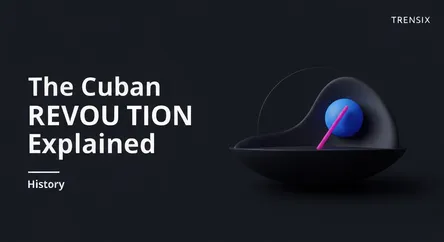History
The Cuban Revolution Explained

An overview of the armed revolt led by Fidel Castro that overthrew a dictator and established a socialist state in Cuba, reshaping global politics.
What is it?
The Cuban Revolution was an armed uprising that successfully overthrew the U.S.-backed dictatorship of Fulgencio Batista. Led by Fidel Castro, his brother Raúl Castro, and Ernesto "Che" Guevara, the 26th of July Movement waged a guerrilla war against Batista's forces. The conflict is generally marked as starting with the failed attack on the Moncada Barracks on July 26, 1953, and culminating in Batista fleeing the country on January 1, 1959. The victory of the revolutionaries transformed Cuba into a one-party socialist state.
Why is it trending?
The revolution remains a pivotal event of the 20th century because it established the first communist state in the Western Hemisphere, becoming a major flashpoint in the Cold War. Its defiance of the United States led to a decades-long economic embargo and tense diplomatic relations that persist today. The revolution's legacy continues to fuel debates on socialism, authoritarianism, and national sovereignty. As Cuba undergoes slow economic and social changes, its revolutionary past remains crucial to understanding its present and future.
How does it affect people?
For Cubans, the revolution brought profound changes. The government nationalized private property and implemented massive literacy and healthcare campaigns, dramatically improving social welfare for many. However, these changes came at the cost of political freedoms and economic self-sufficiency, leading to shortages and prompting waves of emigration. For the rest of the world, particularly Latin America, the Cuban Revolution became a powerful symbol of resistance to U.S. influence and inspired numerous revolutionary movements. The resulting political alignment continues to shape international relations.